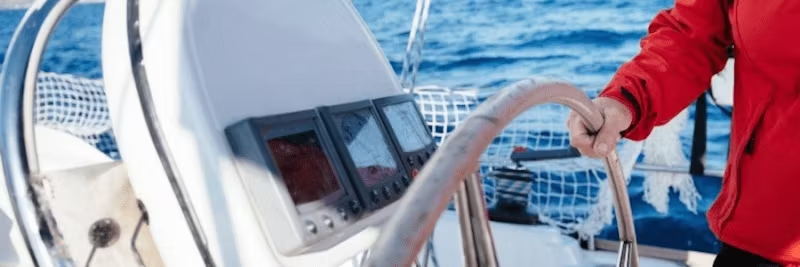Cart
Discount: 0.00 EUR
Discount: 0.00 EUR
Digital Skipper |20/08, 2021

Installing an autopilot is a great advantage for boat owners. It makes navigation easier, saves time, and allows you to focus on your surroundings. But how does an autopilot actually work, and which type is best suited for your boat?
An autopilot is a system that automatically steers the boat's course without constant manual steering. It does not replace a human operator but is a valuable aid for longer journeys. Autopilots are available in various designs – from simple tiller pilots to advanced systems for commercial vessels.
The choice depends on the boat's size, weight, and power. A 12V tiller pilot works well for a 30-foot sailboat, but not for a 300-ton vessel. For best results – consult a certified NMEA installer or the Manufacturer.
The Actisense NGW-1 is an ideal gateway for connecting NMEA 0183 instruments with NMEA 2000. It converts waypoints and GPS data between the systems and works excellently with autopilots like Raymarine Evolution.
An autopilot is an invaluable aid for safe and efficient navigation. Choose the right system for your boat and ensure correct installation for best performance.